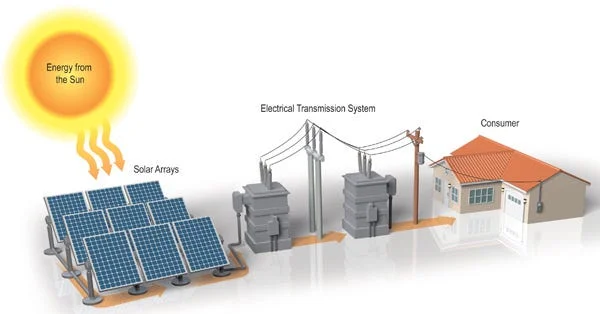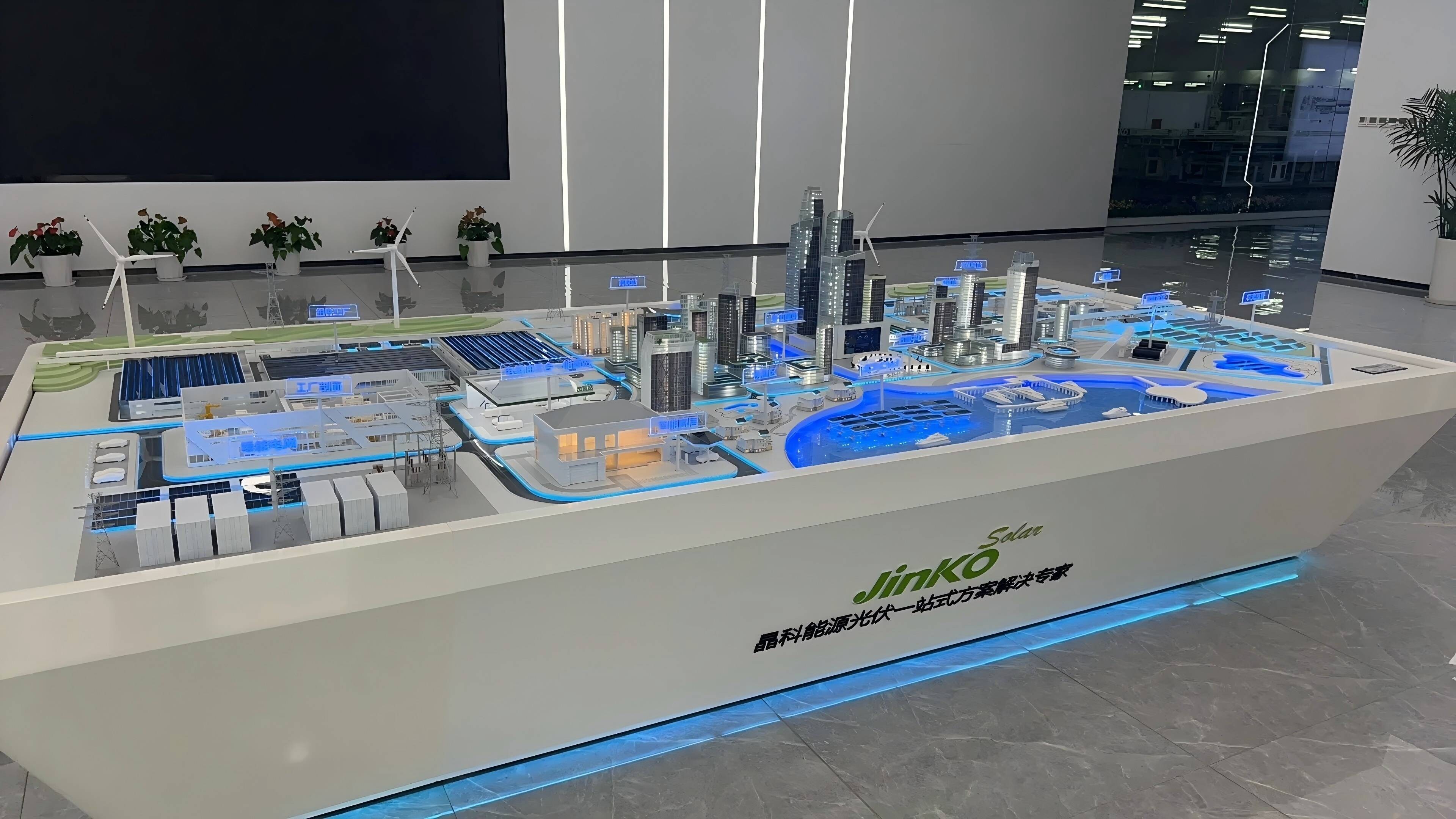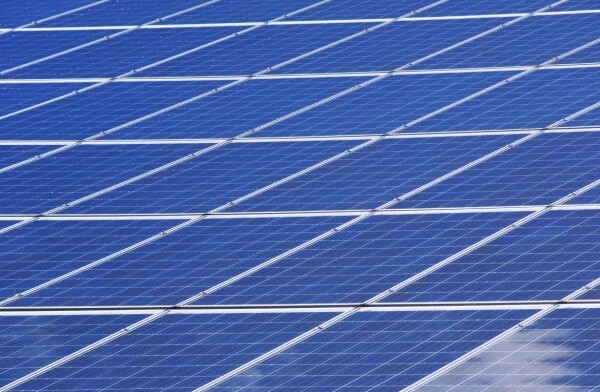
Practical renewable energy technology thatreduces costs and helps the environment
Categories List
Solar photovoltaic power generation is a technology that directly converts solar energy into electrical energy. The photovoltaic power generation system is mainly composed of photovoltaic cells. When sunlight shines on the photovoltaic cells, photons interact with atoms in the semiconductor material, resulting in the photovoltaic effect, causing electrons to transition from the valence band to the conduction band and form a current. By connecting and combining photovoltaic cells, a photovoltaic cell array can be formed for direct power supply or energy storage.

The advantages of solar photovoltaic power generation include resource renewability, environmental friendliness, low maintenance costs, and the ability to perform distributed generation and diverse applications. Solar photovoltaic power generation can be widely applied in various fields such as residential, commercial, and industrial, and can be scaled up according to demand.
The advantages of solar photovoltaic power generation are as follows:
1.Renewable resource: Solar energy is a renewable energy source with wide distribution and abundant resources.
2.Environmentally friendly: Solar photovoltaic power generation does not produce pollutants such as carbon dioxide and nitrogen oxides, making it environmentally friendly and capable of effectively reducing greenhouse gas emissions and air pollution.
3.Low maintenance cost: Solar photovoltaic systems usually have a long service life and relatively low maintenance costs.
So what are the application areas of solar pv power generation?
Diverse applications: Solar photovoltaic power generation can be widely used in various fields such as residential, commercial, and industrial, and can be scaled up according to demand.
The applications of solar photovoltaic power generation include:
1. Rooftop photovoltaic systems for residential homes and commercial buildings: By installing photovoltaic panels on rooftops, solar energy can be converted into electricity for self-use or fed back to the grid when there is excess electricity.
2. Large-scale solar power plants: Solar power plants can be constructed on large areas of land, generating electricity by deploying a large number of photovoltaic panels to supply cities and industrial areas.
3. Off-grid areas: In remote areas, mountainous regions, deserts, etc., solar photovoltaic power generation systems can provide independent power supply to meet the local electricity demand.
4. Mobile applications: Solar photovoltaic power generation systems can be applied to mobile devices such as vehicles, ships, satellites, etc., providing portable power supply.
Despite the many advantages of solar photovoltaic power generation, there are also challenges such as high costs and lower electricity generation during nighttime and cloudy/rainy weather. However, with technological advancements and industrial development, solar photovoltaic power generation technology will continue to improve and be widely promoted, becoming an important component of the clean energy sector.
Leave A Reply
What are you lookking for?


